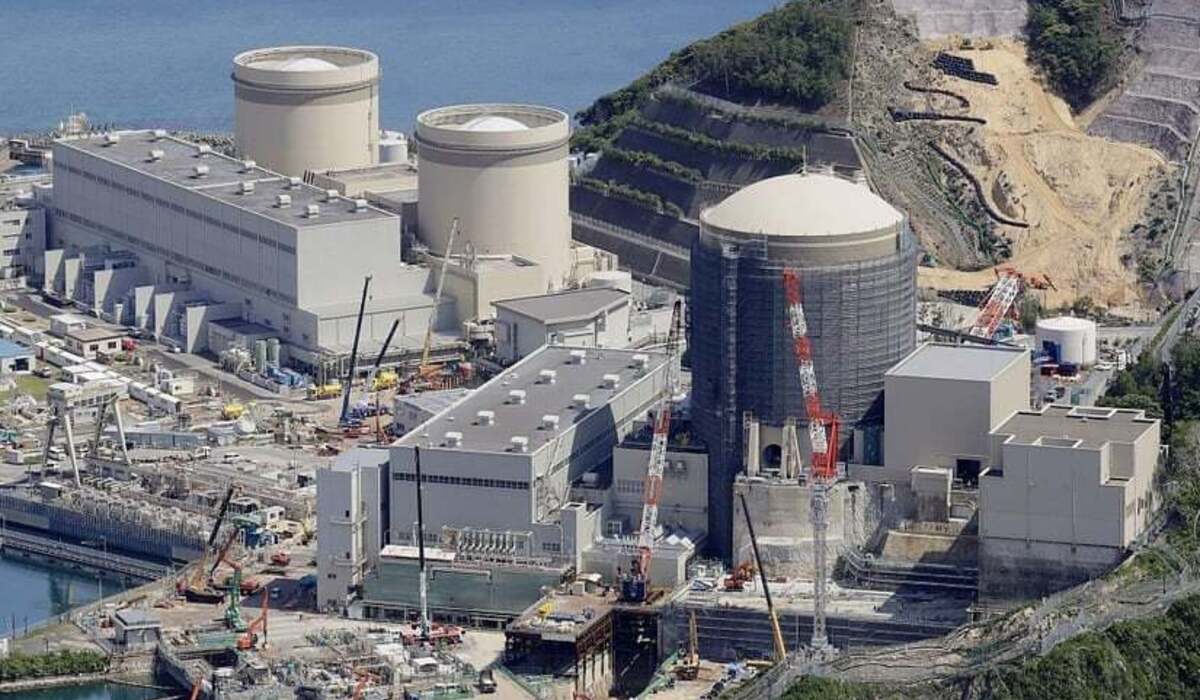Scientists at the National Ignition Facility (NIF) in California are making groundbreaking progress in the pursuit of fusion energy, a potential game-changer in the quest for clean and abundant power. Fusion energy, which emulates the sun’s power generation process, holds promise as a sustainable and virtually limitless energy source. Last year, the NIF researchers achieved a significant milestone by achieving a nuclear fusion reaction that produced more energy than it consumed—a breakthrough known as “ignition.”
Building on this success, the scientists have now replicated the ignition process at least three times this year, showcasing the reliability and robustness of fusion energy. This is a crucial step, demonstrating that fusion can be consistently generated even under varied conditions, such as changes in laser strength or fuel pellet composition. Beyond proving the feasibility of fusion energy, these successful replications provide valuable insights into the physics of ignition, helping researchers address the next challenge: maximizing energy output from fusion reactions.
Unlike current nuclear plants, which use nuclear fission and generate long-lived radioactive waste, fusion produces no such environmental burden. With the urgent need to transition away from fossil fuels and reduce greenhouse gas emissions, the prospect of harnessing abundant, safe, and clean energy from fusion is increasingly attractive.
The NIF’s approach involves directing nearly 200 lasers at a tiny fuel capsule within a gold cylinder to generate a fusion reaction. The lasers heat the cylinder’s exterior, causing rapid explosions that release significant energy collected as heat. While the energy produced thus far is relatively modest, the successful replication of the ignition process validates the potential of laser fusion to be an energy source.
In the December 2022 experiment, the NIF achieved a net energy gain, using about 2 megajoules to power the reaction and releasing a total of 3.15 megajoules—equivalent to boiling around 10 kettles of water. Subsequent experiments in July and October demonstrated even higher yields, with the October experiment reaching a record 3.88 megajoules of energy.
However, there is still a considerable journey ahead before nuclear fusion can be scaled up to meet the energy needs of electric grids and heating systems. The current focus is on building upon the progress made and finding ways to significantly increase the scale of fusion projects while simultaneously reducing costs.
Recognizing the transformative potential of fusion energy, US climate envoy John Kerry launched an international engagement plan at the COP28 climate summit involving over 30 countries to bolster nuclear fusion efforts. Additionally, the US Department of Energy announced a $42 million investment in a program, including the LLNL, aimed at advancing fusion research through the establishment of focused “hubs.”
In summary, the successful replication of nuclear fusion ignition at the NIF represents a significant leap forward in the pursuit of fusion energy, offering hope for a clean and abundant energy source capable of revolutionizing global power generation. Ongoing efforts, international collaboration, and financial investments signal growing confidence that fusion energy could become a reality in the 21st century.

